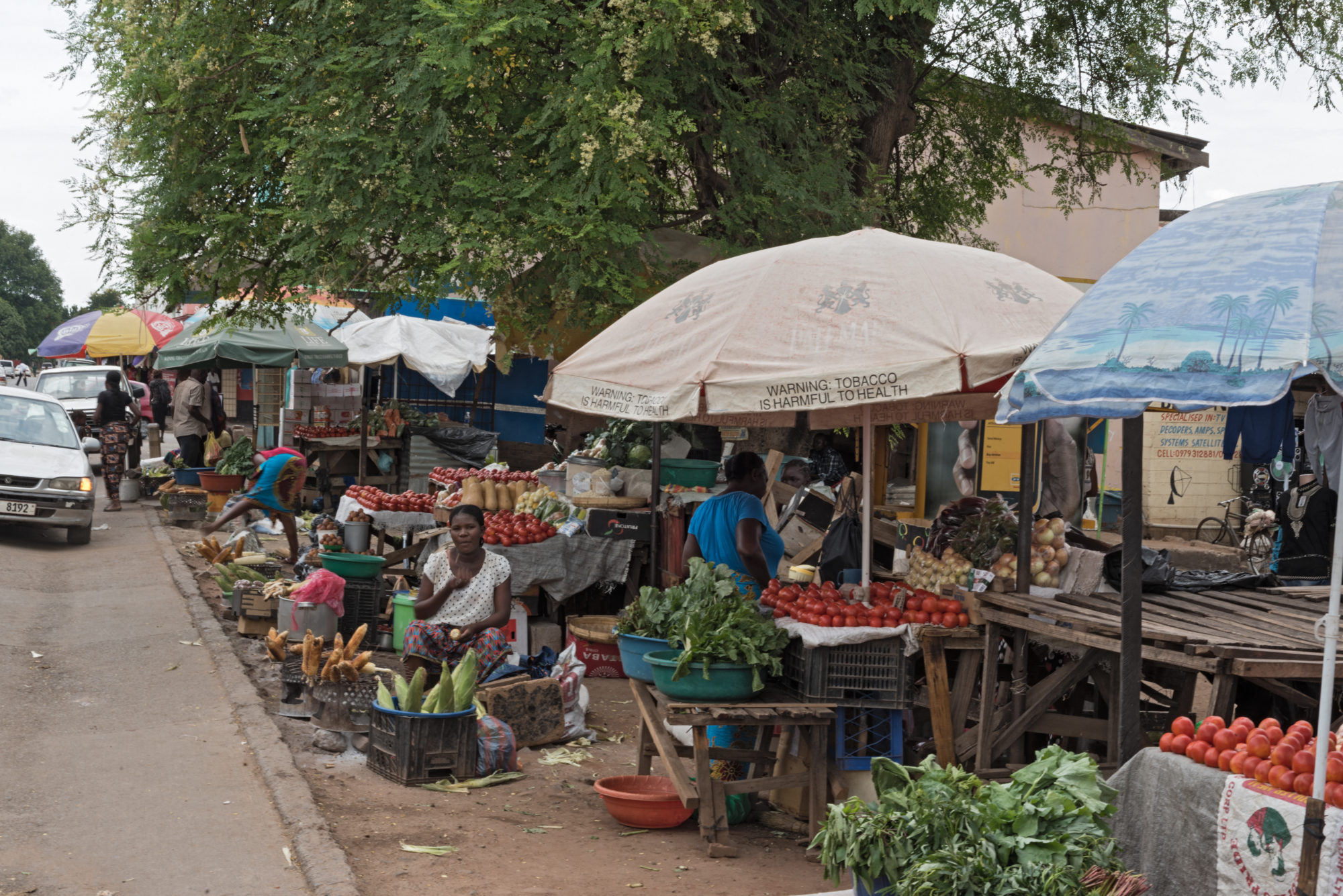
Zimbabwe-Johannesburg remittance corridor
Zimbabwe is heavily reliant on remittance flows from South Africa and particularly Johannesburg. As many Zimbabweans are undocumented, they cannot access formal channels for money transfers. This 2009 study was commissioned to sketch a picture of the remittances landscape in the Johannesburg-Zimbabwe corridor. The aim was to build an understanding









